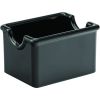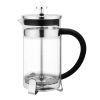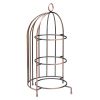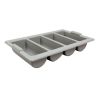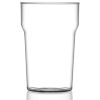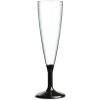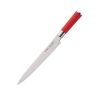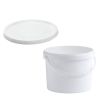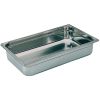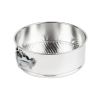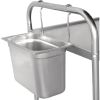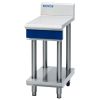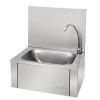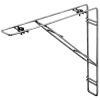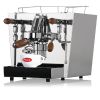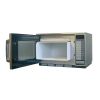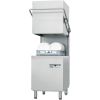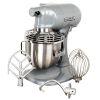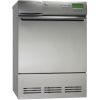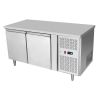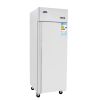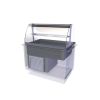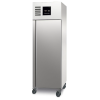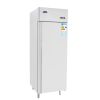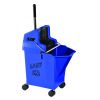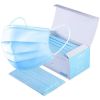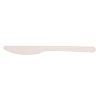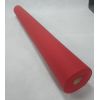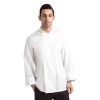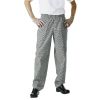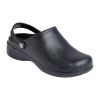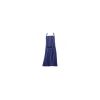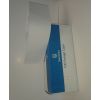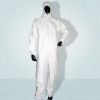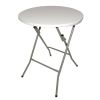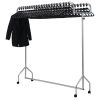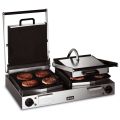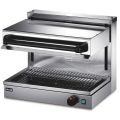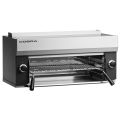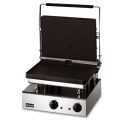Salamander and Contact Grills
Both a salamander and a contact grill make a highly versatile addition to any kitchen. These cooking appliances offer an alternative to the traditional range, oven or griddle cooking options, allowing you to bring out different textures and flavours while improving efficiency and profitability in the kitchen.
Salamander grills, usually just known as a salamander, are a type of grill designed for use in professional kitchens to help cook or finish dishes. They are usually positioned at eye level so that you can see exactly how your food is cooking, allowing chefs to monitor the cooking process. Salamanders cook quickly and efficiently, which is ideal at times when service is getting really busy.
The grill cooks at a very high temperature and you don’t get the grease that some other forms of cooking produce, meaning food tastes better and the appliance s easier to clean down at the end of the service. However, they can also be used at a set lower temperature to hold dishes or finish them off before being sent out to the customer. This kind of flexibility gives you greater control in the kitchen.
Salamanders are available in both gas and electric options, and because they take up little space, they make a welcome addition to any commercial kitchen. Also, by producing less fat, they do not produce the dangerous flare ups that can happen in a busy kitchen.
A contact grill, also sometimes known as a panini press, is a great solution for making food to go. They work in a similar way to a griddle, but with an upper plater to produce uniformly cooked food in a faster way. Contact grills are available in a range of sizes, from compact bistro versions to larger double grills for bigger commercial kitchens.
There are several main types available. These include flat plate grills, ribbed plate grills and mixed plate grills, and your choice depends on how you want to present your food. They can also be made from a mixture of materials, including cast iron, aluminium and ceramic. Each type of cooking material has different benefits, either being more economic or faster to heat up.

